
Knitting is a hobby that is used for purposes other than keeping warm. And there is a history of knitting also.
History of knitting
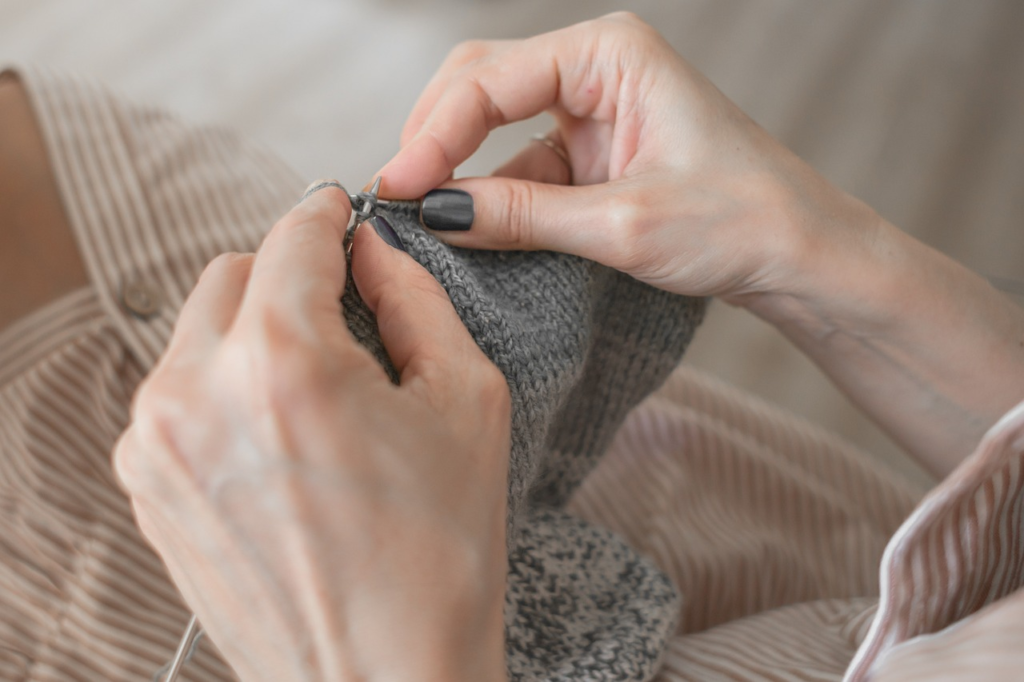
It is ancient practice to create items like hats, socks, and sweaters using yarn and needles. Knitting is a hobby that is used for purposes other than keeping warm.
In the past, knitting played a significant role in daily life and, in certain cases, set the stage for significant shifts like the expansion of Viking influence and the backing of World War II endeavors.
There is always a history about everything. So let’s get into the history of knitting.
Oldest Knitting
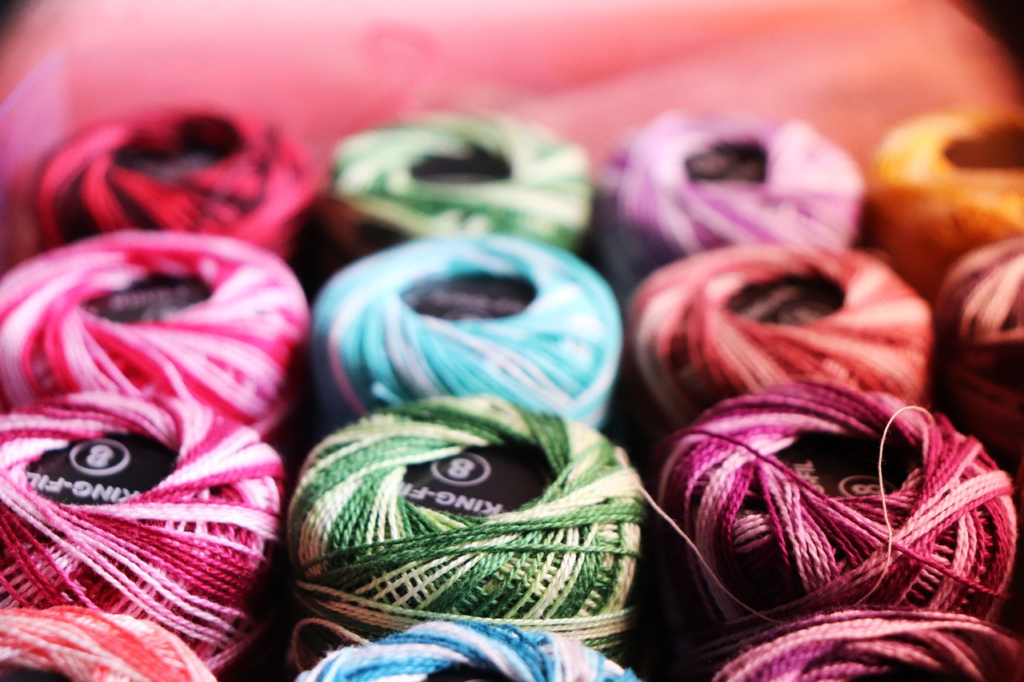
I’m fascinated to know how old knitting is, too, if you are.
Although the exact age of knitting is unknown, there is some very interesting evidence of it dating back to the early Bronze Age, or between four and five thousand years ago.
When archaeologists examined patterns in early Bronze Age pottery, they discovered something intriguing between eastern Georgia and Turkey. Vintage textiles from the millennial era retained traces of stitching and loops. These patterned impressions, according to the archaeologists, demonstrate knitting and nalbinding processes.
Nalbinding

Now you might be asking, what is nalbinding?
It is knitting’s devoted companion and potential elder sibling. Because the results are so similar, nalbinding and knitting are sometimes confused, although the procedures are very different.
Knitting produces a stretchy and flexible fabric because it requires the use of two or more needles, and the loops stay on the needle throughout the process. A single needle with an eye is used for nalbinding, which is similar to sewing in that the entire length of the yarn is drawn through each loop, producing a denser, harder cloth.
All around the world, nalbinding was prevalent, although it was most prevalent in Scandinavia, North Africa, Eastern Europe, and Western Asia. This method was used to create hats, mittens, and socks out of wool or flax yarn.
Egypt
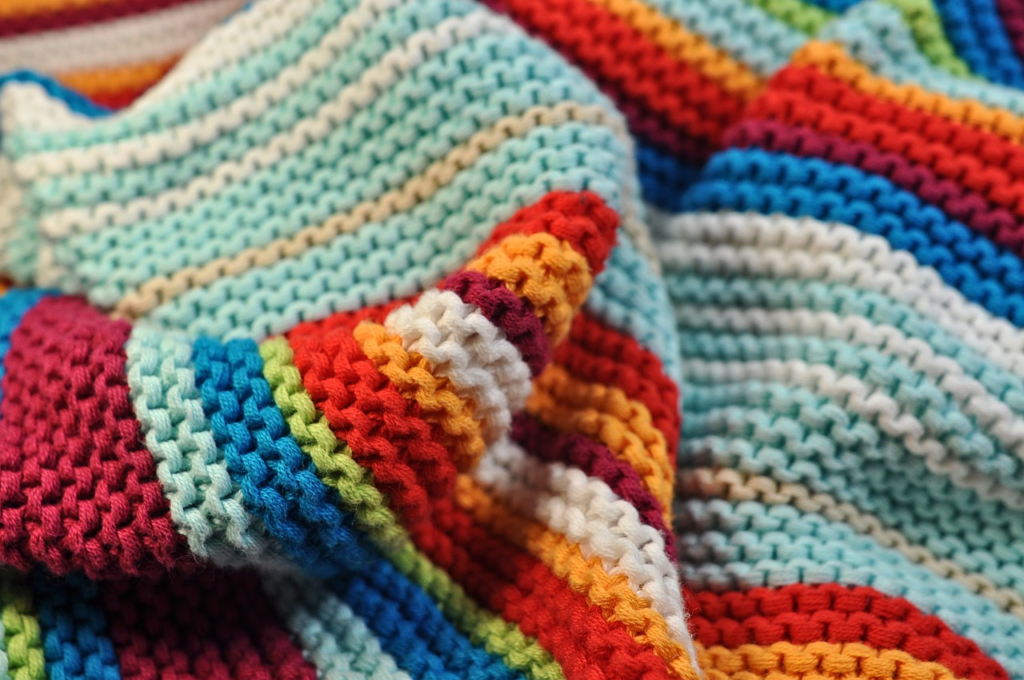
In relation to socks, I have a small child, therefore I have experienced missing socks before. It also comes out that 1,700 years ago, neither parent was residing in Egypt. A small handcrafted nalbinded sock was discovered in Antinoupolis, Egypt, and a fascinating study was conducted on it, which I will revisit later.
In terms of knitting, some of the earliest clothing known to exist originate from Egypt and include, yeah, more socks. This time, we have a beautifully embroidered blue and white sock that was produced in the period spanning from 1100 to 1300 CE. Clothes manufactured using both skills have been discovered together, indicating a close connection between the archaeology of knitting and nalbinding.
Iceland

In regions with frigid climates, such as Iceland, knitting held particular significance. Many of us associate Icelandic culture with warm, inviting, exquisitely crafted knit wool sweaters. In the Middle Ages, textiles played a major role in Iceland’s economy.
Usually, women were in charge of creating the textiles, which were mostly produced from the resilient wool of Icelandic sheep. Throughout history, Icelandic women were not always intimately involved in a global network; however, this changed when they began to produce knit, nalbinded, and woven textiles. Indeed, some archaeologists have proposed that the Vikings’ capacity to spread their influence throughout the North Atlantic may have been directly impacted by the type of job that these women were doing.
Europe
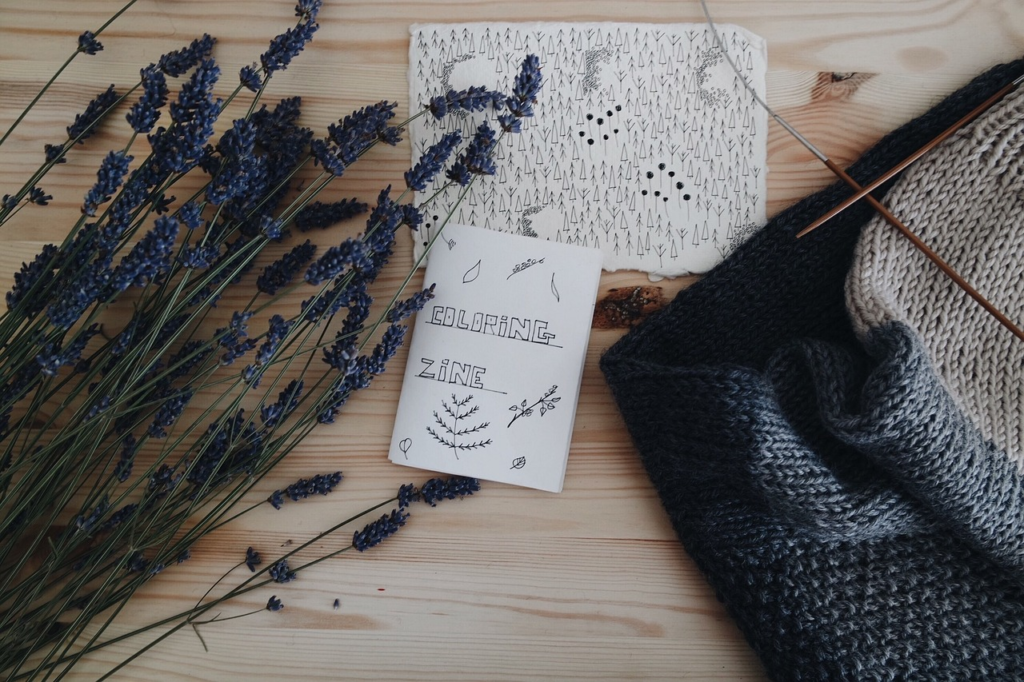
Regardless of social standing, a man in 16th-century Europe always wore a wool knit cap with a small brim when he left the house. The majority of these knitcaps still in existence are muddy brown and housed in museums in Copenhagen and London.
That wasn’t their original hue, though.
A group of archaeologists employed microspectral fluorometry, a non-invasive method. In essence, this is the process of photographing objects in various lighting conditions. They were able to determine the color of these knit caps that date back 500 years by using this method. It turns out that madder and other natural dyes were used to create the vibrant red hue of these caps in the past.
Madder is a shrub in the coffee family that produces unique chemicals in its roots. And madder has been used as a dye for over 5, 000 years. In fact, it’s the same plant used as one of the dyes for yarn from that little sock in ancient Egypt that we mentioned earlier.
Kashmir

The Northern Hemisphere’s winters are much easier to enjoy now than they were in the past when you dress warmly.
While sheep were the main source of food for many Europeans and Icelanders, people in other regions of the world shifted to other animals. There is a particular breed of domestic goat that produces extremely delicate and valuable wool.
Though it originated in a particular specific place, it is predominantly manufactured throughout Western, Southwestern, and Central Asia, which includes modern-day Iran, Afghanistan, and Mongolia. The lengthy history of knitting and weaving in this area is widely known. Even surviving examples of knitted gloves and stockings from the 18th and 19th centuries have been found.
It’s Kashmir, also known as pashmina. This regional world transformed into a globally sought-after material that’s often equated with luxury and timeless elegance.
The Americas

Although the focus of our discussion has primarily been on Europe, Africa, and Asia, the Americas also have a long and rich history of textile production.
For thousands of years, numerous cultures in Central America have been producing vibrantly colored woven textiles, mostly from cotton. Textile manufacture was a significant economic resource in ancient Mesoamerica, according to archaeologists.
We believe that Spanish immigrants brought knitting to native American tribes in the Americas during the 1500s.
By the late 16th century, indigenous people in the Andes had taken up knitting, and archaeologists have found several knitted items from colonial Peru, such as stockings and socks, all made of cotton and wool. Knitting techniques became integrated with regional methods, changing the way textiles were produced in this region.
England
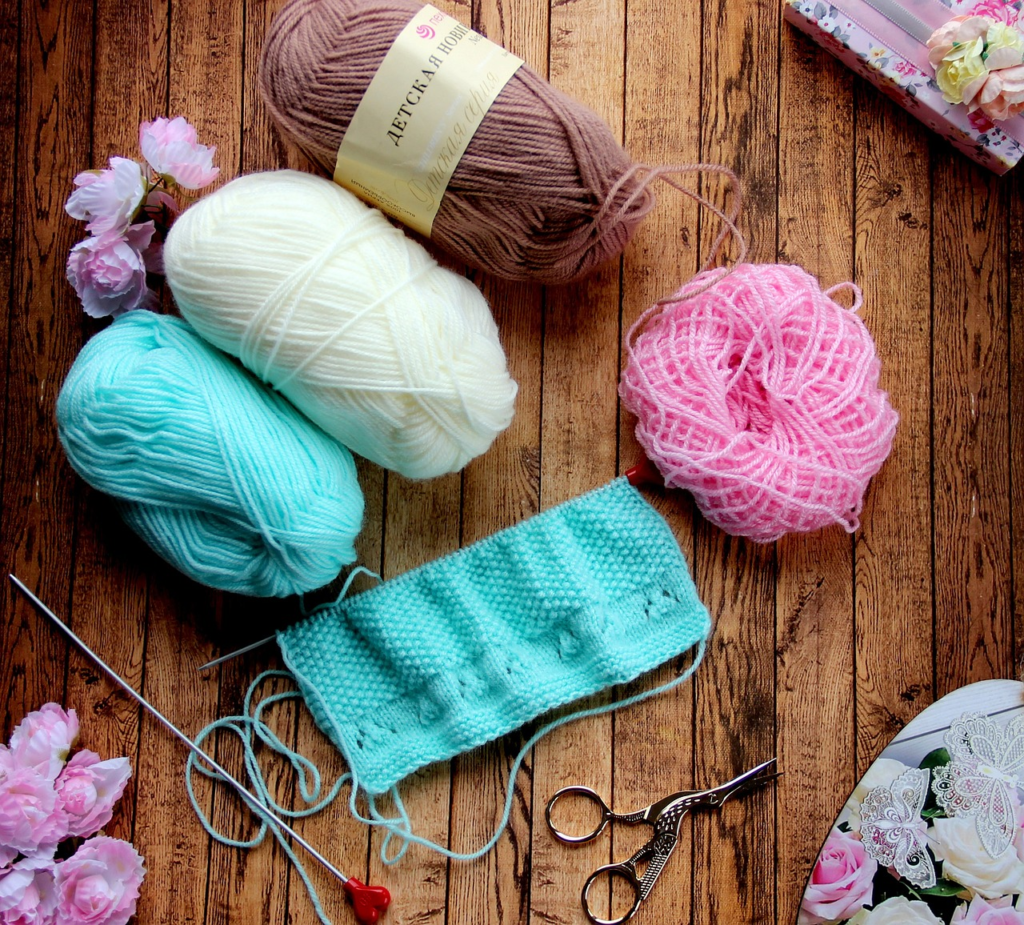
Knitting saw an explosion in popularity in the Americas and Europe during the 1940s, particularly in England. It’s interesting to note that the emergence of World War II and knitting popularity were closely correlated.
It was suggested that women knit stockings, caps, gloves, scarves, and scarves to submit to the Red Cross, which would then provide them to the soldiers. Knitting designs became widely popular, and the English government even gave away free wool yarn and knitting patterns to schools so that pupils could take part in the war effort.
Conclusion
Nowadays, knitting is more popular than ever. Many resorted to fiber activities, such as knitting, during the COVID-19 pandemic as a means of reducing anxiety and establishing a sense of community while under lockdown. For instance, knitting has become popular among Black women in the USA as a means of honoring and re-establishing ties to a bygone era.
Even now, knitting has an ongoing effect on various facets of our community. As I indicated earlier, wool yarn was typically used to make knitted items, and the existence of numerous varieties of wool yarn would not have been conceivable without the existence of sheep and goats.



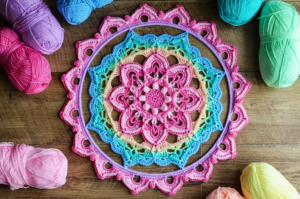
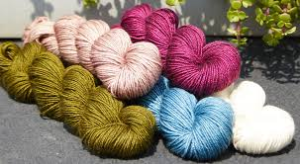
Pingback: Art of knitting: Crafting amazing patterns in 7 ways